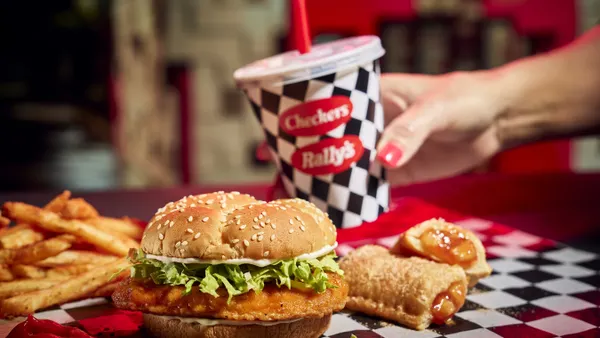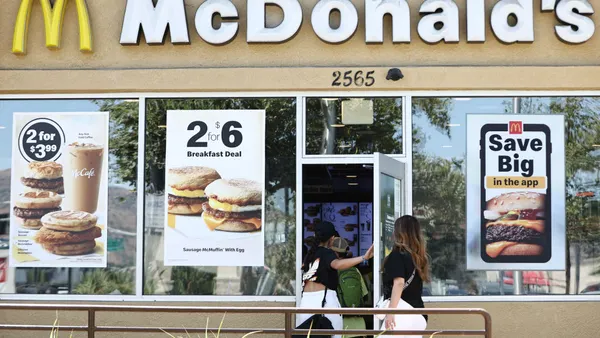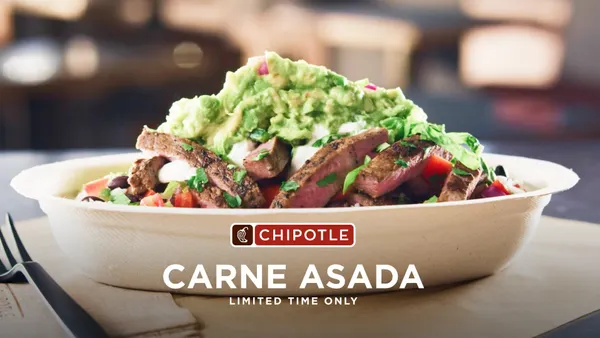Dive Brief:
- Solo dining is on the rise, with roughly one in five Americans (21%) saying they typically dine alone, according to TouchBistro’s 2025 Diner Trends Report released this week. Eighteen percent of Americans said they dined out alone last year.
- Twenty-nine percent of diners said they dine out by themselves weekly or more often. Younger diners eat alone more frequently, with 49% of millennials and 46% of Gen Z diners doing so at least weekly.
- Despite the rise in solo dining, most consumers still dine out with their significant others (51%) and family (49%). However, dining out with friends/family is decelerating, with consumers dining out 6% less in this category, per TouchBistro’s data.
Dive Insight:
More solo diners could create additional opportunities for restaurants to adjust offerings and venues to cater to individuals. TouchBistro recommends making these individual diners feel welcome in restaurants with more single seats and menu options.
Restaurants have leaned heavily into meal deals and promotions, an area that could continue to draw in solo diners looking for an affordable indulgence. Chili’s, for example, posted a significant rise in sales last quarter with the help of its Triple Dippers appetizer and 3 for Me deal, which offers an appetizer, beverage and entree for $10.99. Red Lobster also added a Happy Hour in January with drinks for $5, and $2 off some appetizers, as a way to drive sales.
Deals and value menus could help bring customers back into restaurants, especially with 45% saying they are dining out less this year because prices are too high, according to TouchBistro. Thirty-two percent of consumers said cooking at home is less expensive than eating at restaurants.
Consumer propensity to dine out will continue to vary by household income, which is not surprising. Only 27% of households making less than $50,000 annually said they plan to dine out weekly or more often. In comparison, 64% of households making $200,000 or more told TouchBistro that they are dining out with the same frequency as last year.
“This is unsurprising, as consumers overwhelmingly cited money as the main reason they were dining out less this year,” TouchBistro said in its report. However, 58% of consumers said they would likely maintain the same frequency of dining out this year.














